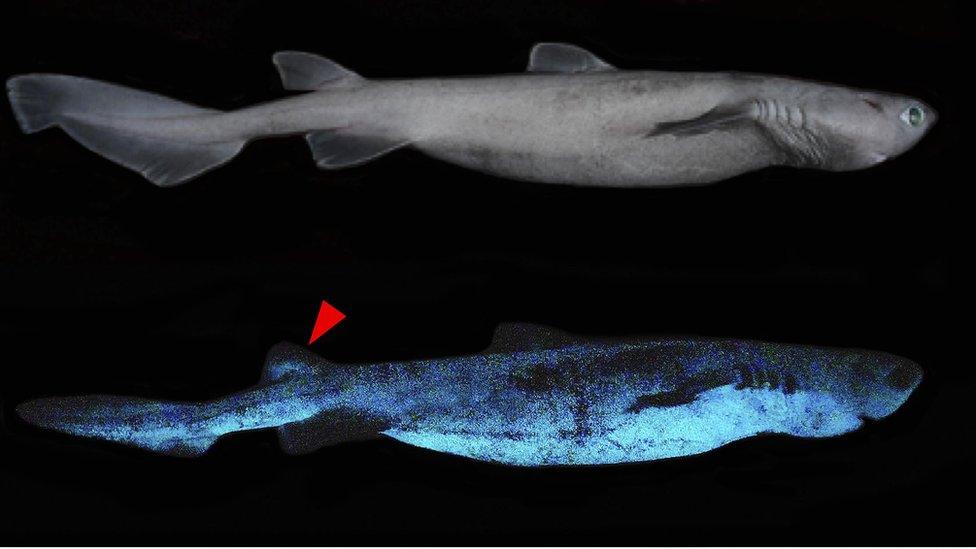Scientists discover bats with GLOWING toes
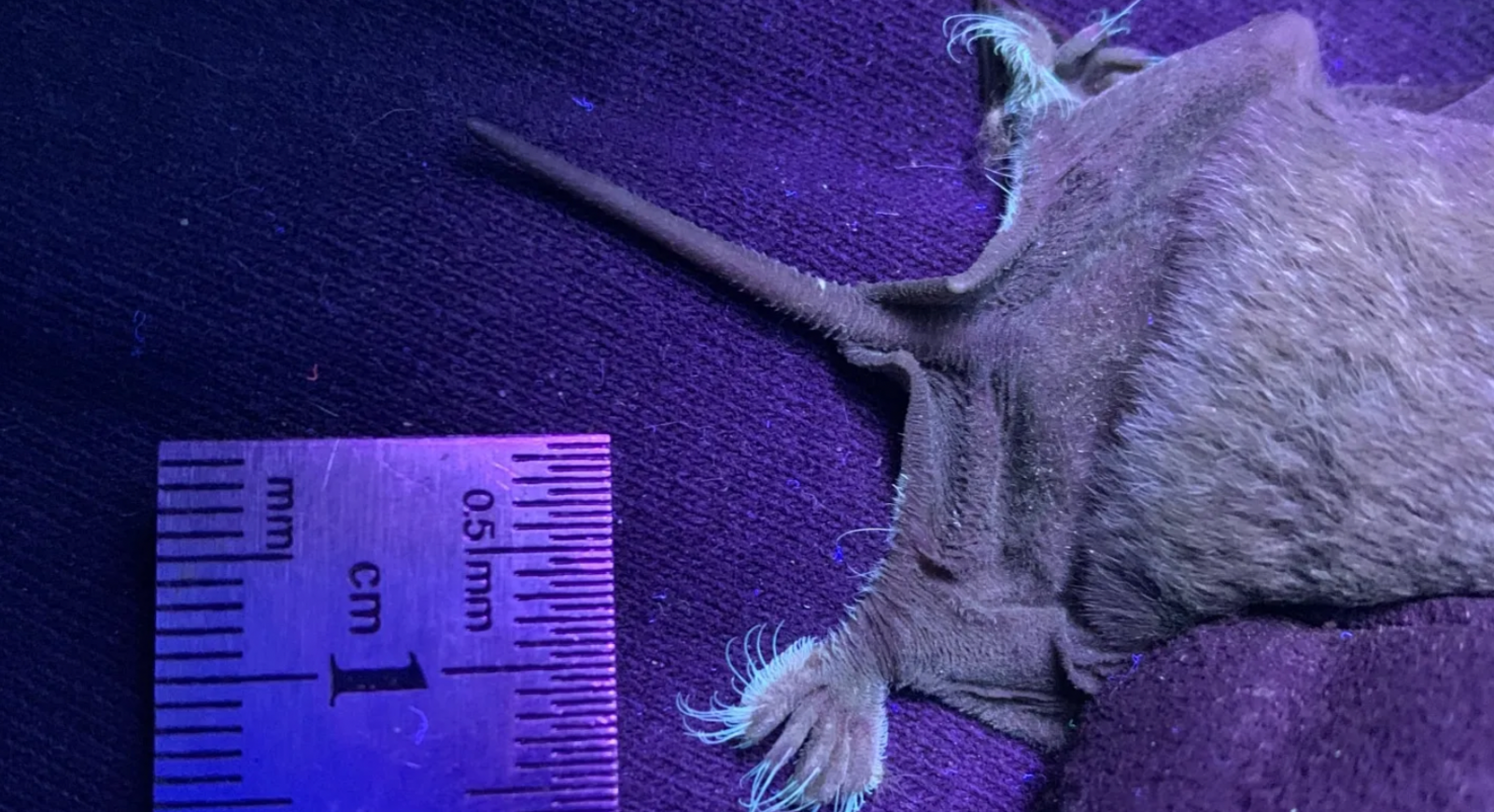
They say put your best foot forward, and for these bright bats, that means both!
- Published
You might have heard of glow sticks, but how about glow toes!
Scientists have reported that they have found bats with toes that glow.
Apparently, Mexican free-tailed bats have hairy toes that glow when ultraviolet light shines on them.
The toes glow because the hairs are capable of something called 'photoluminescence' meaning they can absorb UV light and re-emit it at a different wavelength (as light).
It is the first time this ability has been found in live bats - and means they join a list of creatures that can glow.
More bat stories:
How bats have a midnight feast.. of insects!
- Published20 August 2023
There's been a special night for bats!
- Published30 August 2019
When did animals first glow in the dark ?
- Published24 April 2024
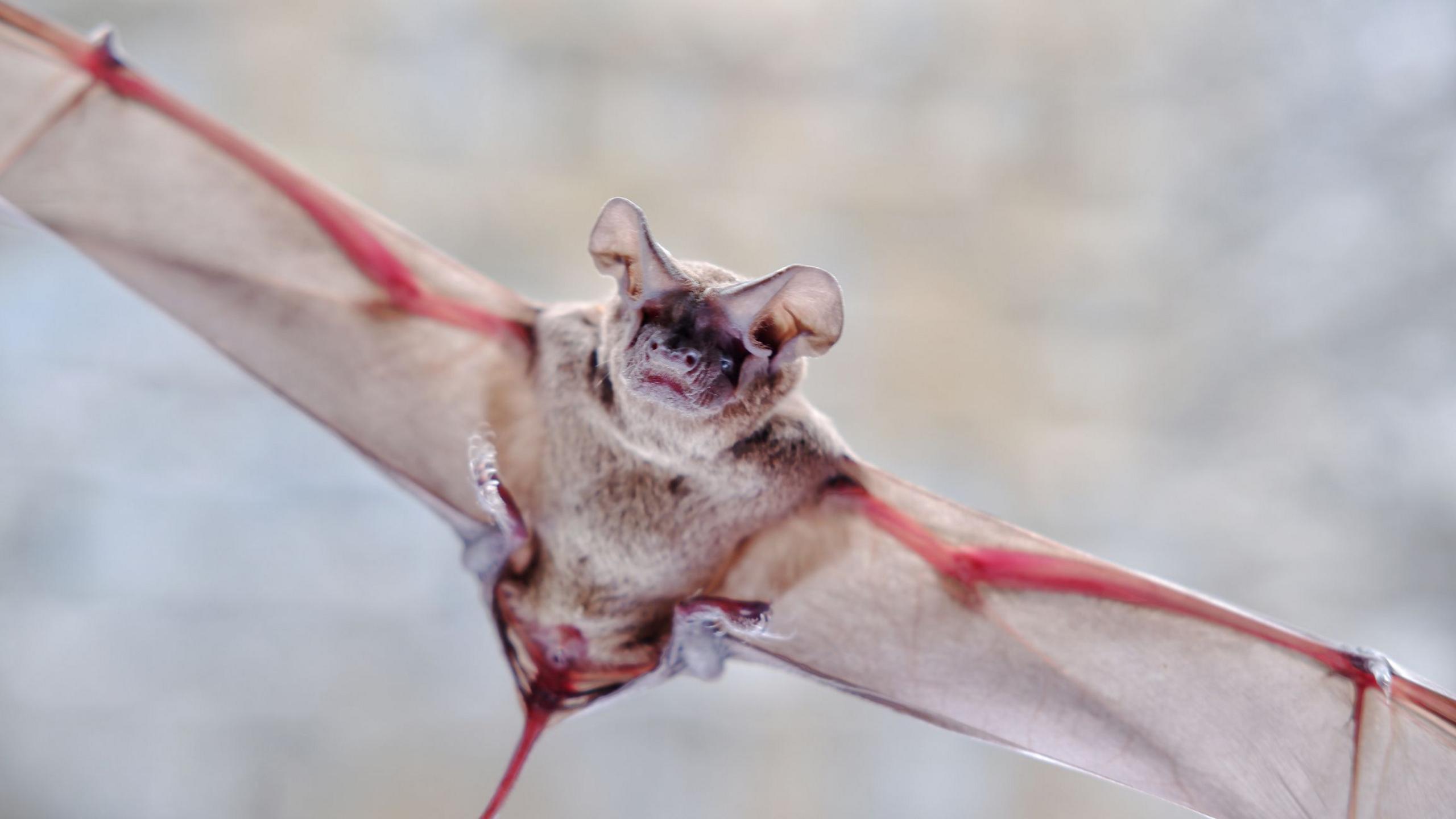
It is the first time that this has been found in live bats
This glowing ability has been observed elsewhere in the animal kingdom, including in some swell sharks, fish and other amphibians.
Biologist Fernando Gual-Suárez was part of the team of scientists who discovered the glow.
He said he will always remember the moment he heard a colleague utter: “Is that normal? Do the feet usually look like that?”
Fernando and his colleagues had been catching Mexican free-tailed bats in Mexico City to try and track their movements when they made the discovery by chance.
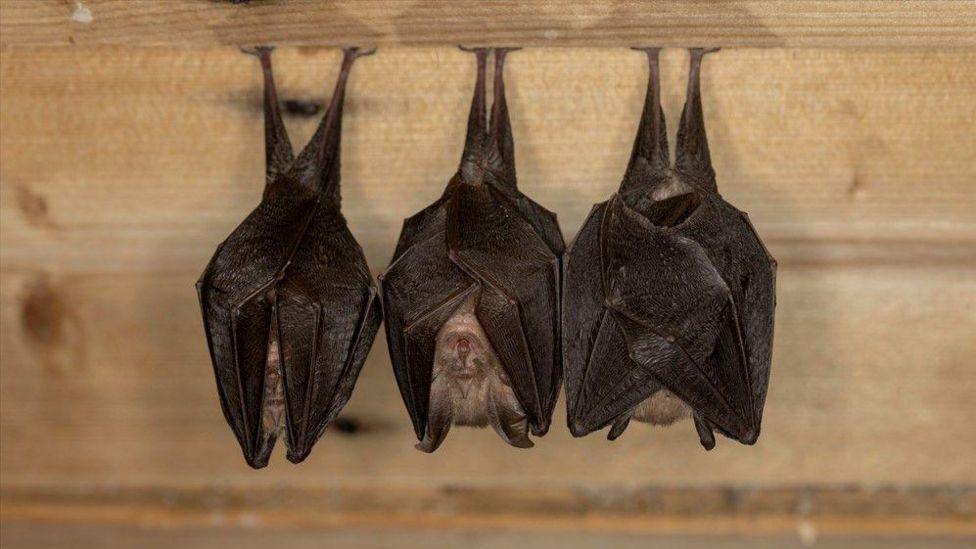
Bats often like to live together in large colonies
To be sure the photoluminescent footsies were not a mistake, the researchers looked for and found similarly bright structures on other Mexican free-tailed bats at different locations.
The researchers think that because this species migrates thousands of kilometres at night, and lives in colonies of up to millions of bats, it would make sense if the light-up bristles served some sort of role in communication.
But, the experts aren't entirely sure why the bats have glowing toes:
“We need to test it in the lab,” says Rodrigo Medellín, an ecologist also at the National Autonomous University of Mexico. “This is just scratching the surface of a very deep and very long iceberg that nobody knows anything about.”
More here:
- Published13 June 2023
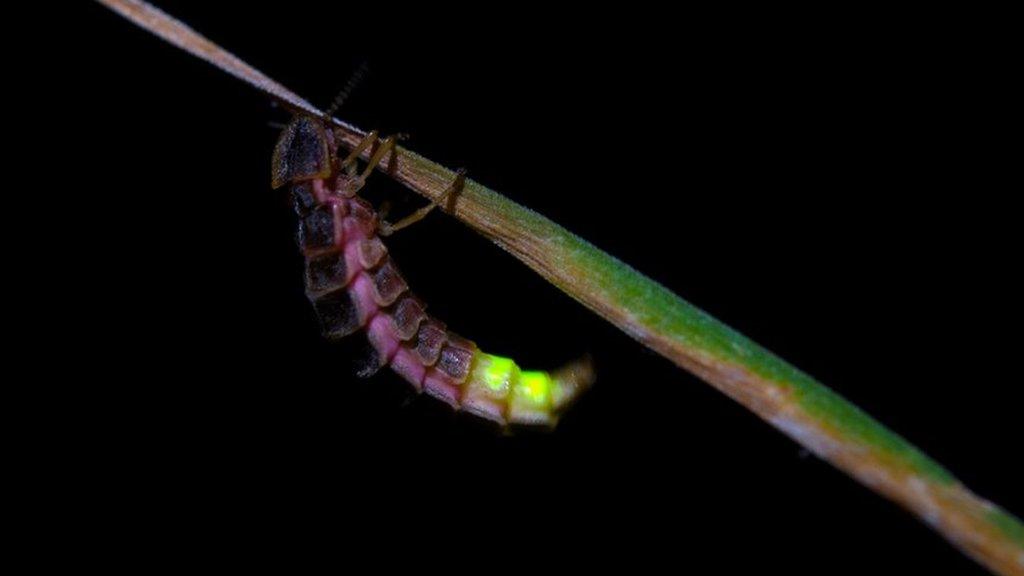
- Published6 October 2023
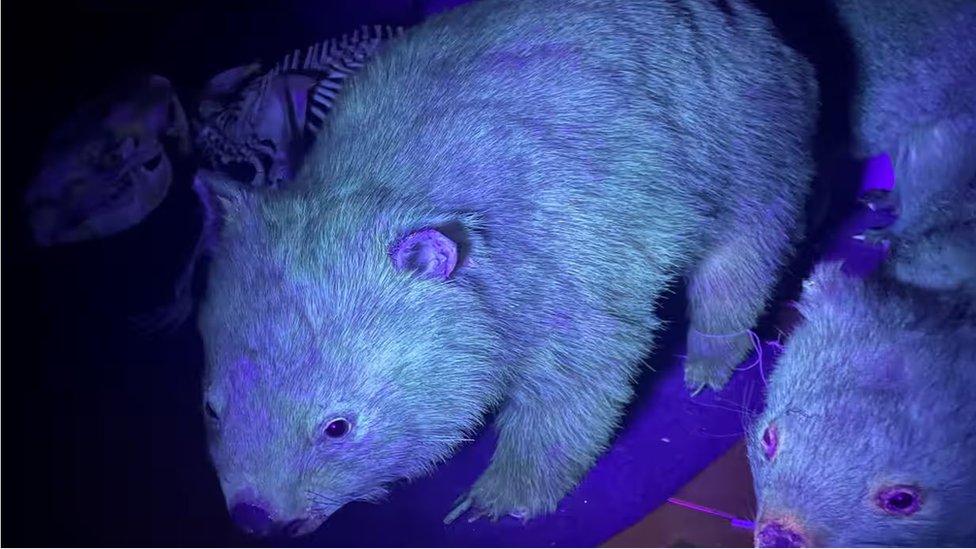
- Published6 March 2021
